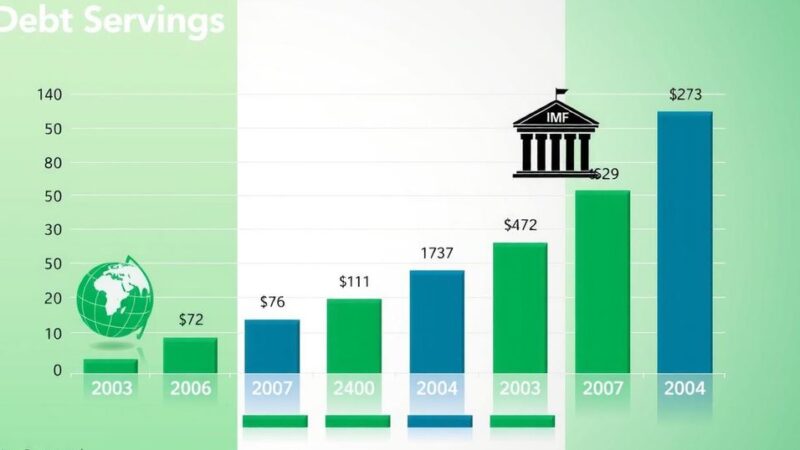South Africa’s new R1 trillion infrastructure budget emphasizes growth through energy, water, rail, and ports spending, provided asset maintenance, skills development, and regulatory reforms are prioritized. Collaboration with the private sector, alongside transparent governance and maintenance plans, will ensure that investments achieve long-term economic benefits.
South Africa’s recent budget allocates R1 trillion towards infrastructure, particularly in energy, water, rail, and ports, which aims to stimulate economic growth. Notably, while funding for social grants has been reduced, infrastructure expenditure remains intact, indicating a strong governmental commitment to utilizing infrastructure as an economic catalyst. However, the challenges surrounding asset maintenance, skill retention, and regulatory frameworks must be effectively addressed to realize these growth ambitions.
The focus on power transmission infrastructure is a positive aspect, albeit with a long-term perspective as these assets typically have lifespans of 40 to 50 years. A lack of adequate maintenance planning might lead to the same mistakes of past infrastructure investments that resulted in significant rebuilding costs within a short span due to insufficient upkeep. Efficient use of resources mandates a holistic view on infrastructure investment that considers the entire asset lifecycle.
To optimize infrastructure funding, it is essential for the government to incorporate long-term maintenance capabilities as prerequisites for project approvals. Treasury should enforce the submission of comprehensive maintenance plans and dedicated operational strategies to ensure infrastructure funding yields its full economic potential. This will subsequently enhance return on investment in critical assets.
The existing shortage of relevant technical skills, which hampers infrastructure projects, can be mitigated by collaborating with the private sector that possesses the expertise and willingness to partner with the government on infrastructure initiatives. Through public-private partnerships and effective governance, the outcome of infrastructure maintenance and development can be substantially improved.
Investor confidence is also crucial; the budget’s decision not to increase corporate tax rates is favorable. However, the regulatory framework plays a significant role in business operations. Complicated regulations create hurdles for businesses willing to contribute to national development. The government should maintain clear rules and transparency, enabling the private sector to operate smoothly.
Introduced debt instruments aimed at funding energy and infrastructure projects are promising, potentially attracting investment from sovereign funds and institutional investors. However, these investors will seek robust governance and asset management, and assurance regarding responsible financial management and asset upkeep by the government is necessary to avoid excessive financing costs.
Optimistically, the budget’s focus on infrastructure spending, paired with transparent contracting, maintenance planning, skills development reforms, and regulatory simplifications, could lead to significant economic benefits. Collaborative efforts between the private sector and government, such as those proposed by Pragma, are essential to ensure that South Africa’s infrastructure investments yield sustainable economic growth and job creation.
In summary, South Africa’s R1 trillion infrastructure budget signifies a commitment to economic growth through strategic spending. To capitalize on this initiative, the government must improve maintenance planning, regulatory clarity, and skills development while leveraging private sector partnerships. Ensuring proper governance and efficient management of funds is vital for instilling investor confidence, ultimately aiming for economically sustainable infrastructure and job creation.
Original Source: www.bizcommunity.com






